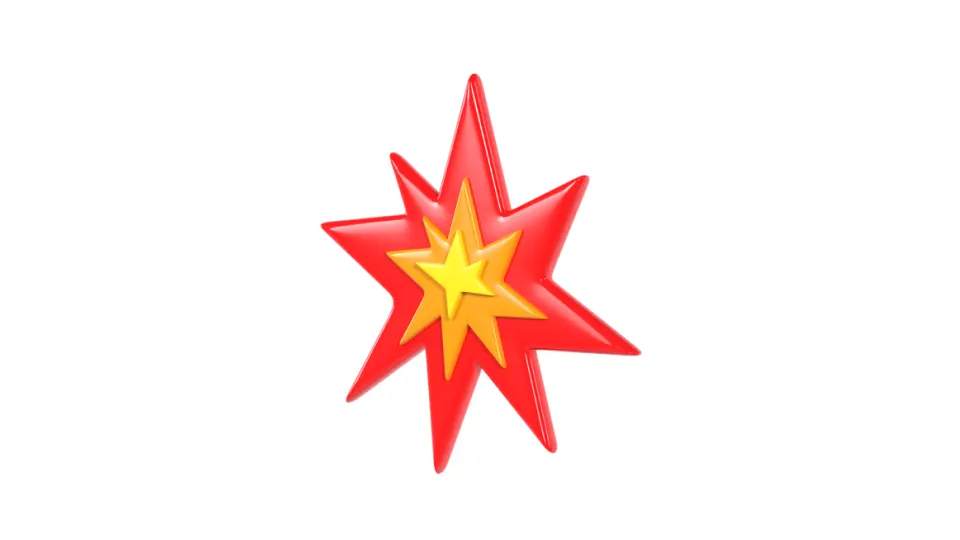AI is shaking up the world of UI/UX design—and fast. From instant prototypes to hyper-personalized interfaces, machines are churning out designs faster than you can say “wireframe.” But here’s the kicker: while AI is great at spitting out options, it’s still pretty terrible at understanding why people like one design over another. That’s where humans come in.
Let’s break down five game-changing ways AI is transforming UI/UX—and why designers aren’t going anywhere.
1. AI-Generated Designs: Infinite Options, Zero Taste
AI can now whip up dozens of design variations in seconds. Figma’s “First Draft” feature, for example, turns text prompts into editable mockups. It’s like having a design intern who never sleeps—but also never quite nails the vibe without guidance.
🤖 What AI does: Generates design versions based on rules and patterns.
🎨 What humans do: Define the creative vision, finesse the aesthetics, and pick what actually works for the brand.
2. Dynamic Personalization: Cool or Creepy?
Ever notice how apps seem to know exactly what you want? AI-driven interfaces now adjust in real-time based on user behavior. Great for convenience—unless it feels like digital stalking.
🤖 What AI does: Tracks user behavior and tweaks UI elements on the fly.
🎨 What humans do: Decide how much personalization is helpful before it crosses into invasive.

3. Smarter Chatbots, Same Old Tone Problems
AI-powered virtual assistants are slicker than ever, but they can still sound like robots. Without human oversight, chatbots can swing from overly formal to unintentionally rude.
🤖 What AI does: Processes language and delivers automated responses.
🎨 What humans do: Train the tone, weed out biases, and keep interactions feeling, well, human.
4. User Flow Optimization: Data Without Direction
AI tools like Hotjar and FullStory can now identify friction points in user journeys. But knowing where users struggle is one thing—knowing why is another.
🤖 What AI does: Highlights usability issues using predictive analytics.
🎨 What humans do: Interpret the data and decide which tweaks will improve the experience.
5. Rapid Prototyping: Speed vs. Storytelling
Sketches turning into interactive prototypes in minutes? Yep, that’s a thing now. However, AI-generated prototypes often miss the mark when it comes to user flow and emotional connection.
🤖 What AI does: Converts drawings into functional interfaces.
🎨 What humans do: Ensure the prototype feels cohesive, intuitive, and aligned with project goals.
The Bottom Line: AI + Humans = Better Design
AI isn’t coming for designers’ jobs—it’s just upgrading their toolkit. While machines can crunch data and churn out drafts, they can’t replace human creativity, empathy, and strategic thinking. The future of UI/UX isn’t about AI vs. humans—it’s about AI with humans, building smarter, more meaningful experiences together.
So, designers, breathe easy—your job is safe. In fact, AI might just make it more interesting.



